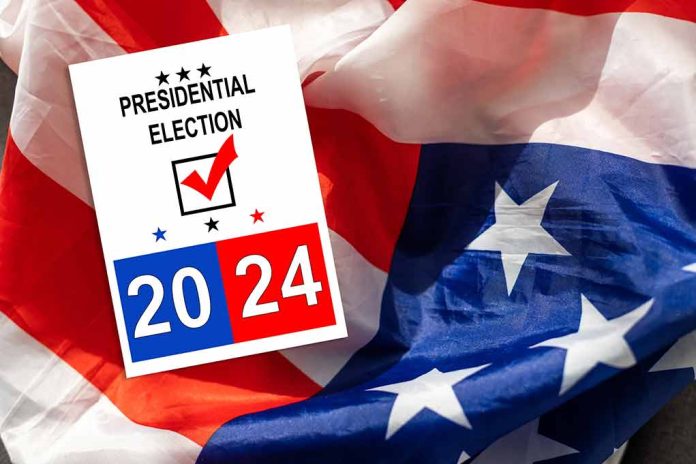
As U.S. elections happen, the spotlight is on mainstream media’s role in democracy and the ongoing challenge of journalistic integrity amidst widespread accusations of bias.
At a Glance
- Debate over “bothsidesism” varies between journalists and the public.
- The media’s perceived partisan bias impacts public trust.
- Mainstream outlets face criticism from across the political spectrum.
- The 2024 election intensifies scrutiny on media practices.
- Media integrity is seen as crucial to democratic processes.
Public and Journalistic Views on “Bothsidesism”
Analysis reveals significant divergence between journalists and the public regarding “bothsidesism,” or the practice of giving equal coverage to all perspectives in journalism. U.S. journalists are less likely to support this approach compared to the general populace. While 55% of journalists oppose providing equal coverage to all sides, 76% of Americans believe journalists should strive for such balance. This difference underscores a fundamental disconnect in perceptions of journalistic duties.
The prominence of “bothsidesism” became apparent during the Trump presidency and the 2020 election. Younger journalists and those from left-leaning backgrounds often argue that not all sides deserve equal coverage. Conversely, journalists from television platforms are more inclined towards equal representation than their peers in print, radio, or online outlets. This has led many conservatives to feel that their views are underrepresented or unfairly criticized in mainstream media, creating a sense of mistrust and frustration with journalistic fairness.
Historical Context of Media Bias
The mainstream media has faced criticism from conservative factions, who argue that outlets show a liberal bias. This critique sparked the rise of right-leaning networks such as Fox News. Though studies yield no consistent evidence of partisan bias, a slight Democratic tilt in newspaper tone has been noted. Conservative and liberal audiences increasingly seek media that aligns with their ideologies, prompting concern over growing polarization and the decline of objective journalism.
“The existence of an independent, powerful, widely respected news media establishment is an historical anomaly. Prior to the twentieth century, such an institution had never existed in American history,” argues Jonathan Ladd.
New methods utilizing big data analyze subtle biases within media language, revealing heightened polarization over time, particularly on platforms like Fox News and MSNBC.
Current and Future Implications for Elections
The 2024 election amplifies focus on the media’s function in shaping public opinion. Critics express that major news outlets, in their attempt to placate right-wing criticisms, risk alienating moderate and left-wing audiences. The media’s balance act, or lack thereof, has been accused of providing false equivalency to issues, which may undermine democratic norms and responsibility in reporting. However, many conservatives argue that the media has long held an inherent bias against their viewpoints, leading to skepticism over whether true balance and accountability will ever be achieved in news coverage.
Constructive discourse calls for mainstream outlets to prioritize factual reporting over perceived neutral stances, to better serve a public increasingly critical of media motives. An insistence on truth remains essential, even as skepticism mounts and challenges abound.





